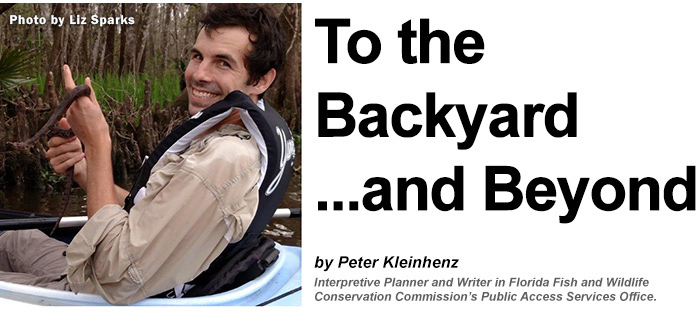
Where is nature? The question may seem too philosophical to have much meaning, but I’ve found that asking this question is a valuable exercise. Many people respond with the names of national parks or bioregions like Yellowstone, the Amazon Basin or the Himalayas. But what if I told you that, for the majority of young Americans, the answer is “my backyard?"
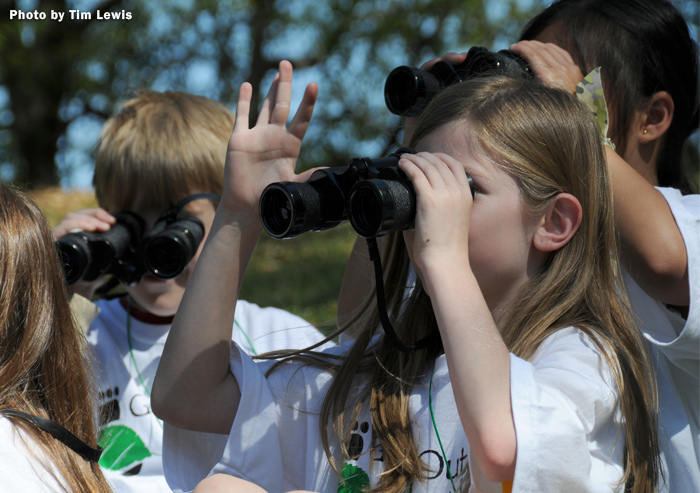
A study released in 2017, The Nature of Americans National Report, found that most children ages 8 to 12 years old identified nature as their yard or a nearby park. After all, that’s where they often get dirtiest, interact with the most wildlife and, at least initially, learn the most about the natural world. The long and short of it is this: If we want to establish connections between young people and nature, we should start close to home.
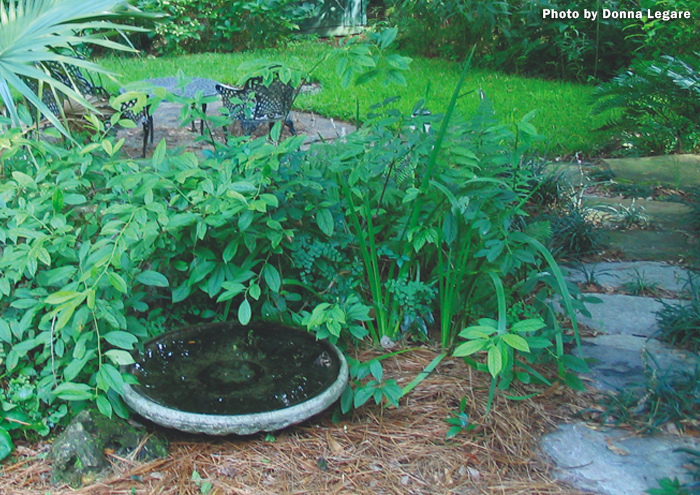
This information guided the Florida Fish and Wildlife Conservation Commission (FWC), which co-sponsored the study, to create a program called Backyards and Beyond. The program functions as a pathway to encourage people to go from spending time in the nature that you work to create at home (backyard) to also seeking out wild experiences in Florida’s expansive network of public conservation lands (beyond). Surprising as it may seem given this objective, basic technology, rather than pristine nature nearby or a perfectly planted yard, is all that you will need to get started.
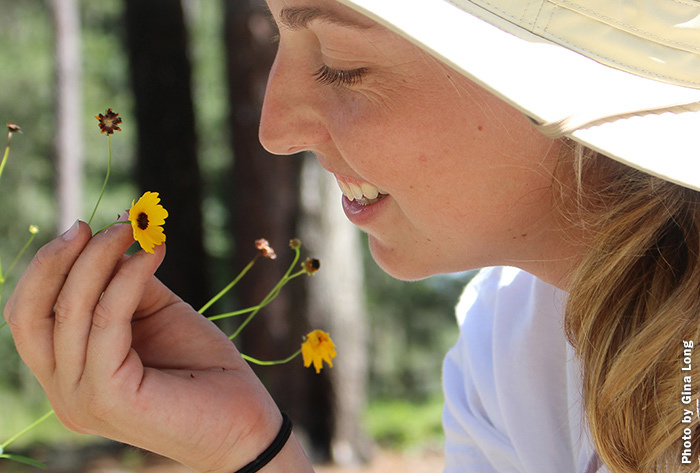
As a person living in 2018, I take my phone pretty much everywhere. A lot of other people do too. For this reason, the FWC created the Florida Nature Trackers program which uses the free app, iNaturalist, to record observations of plants and animals all around the state via a number of taxonomic and place-based projects. As part of Backyards and Beyond, FWC created a Backyards of Florida project and a Backyards of Leon County project that you can join and begin to add observations to. So how do you, as an amateur naturalist, document life with this app?
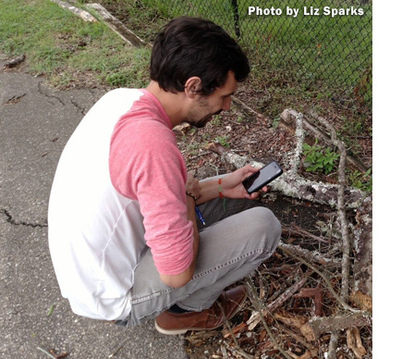 The process is easy. You go into your yard, look for plants and animals, and take a photo within the iNaturalist app or with a camera. Then, just add it to whichever project is appropriate and click “share” if you’re using your phone or “upload” if you’re using a computer. That’s it. The FWC also encourages people to set up iNaturalist projects for their own backyard so that they can keep personal tallies of what they find and have an incentive to spend more time in their yards at home. It worked for me. I’ve rolled over every log in my backyard looking for new insects and, due to the app, have learned that the millipedes living by my driveway are Dicellarius bimaculatus. Who knew?
|
I spent every morning before work last May watching a Carolina wren gather nesting material and, ultimately, tend to its young that started life behind a plant on my front porch. I would sip my coffee and watch life for these peeping birds unfold. As a birder, I am always amazed by how many species stop by to utilize something from my yard. If you are like me and keep a list of who stops by, the FWC will reward you with Wings Over Florida certificates based on the number of species you observe. You now have yet another incentive to attract new species to your yard!
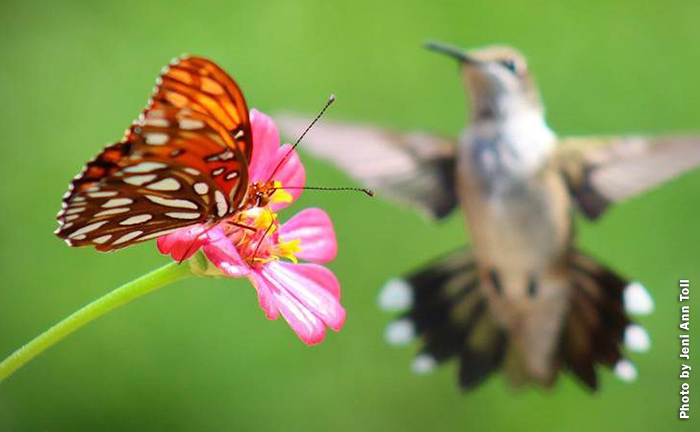

You may look out your window and think, “There’s no way that anything of note lives out there.” That depends. If your yard consists mostly of green lawn and nonnative plants, that’s a real possibility. Planting a single native tree or plant can shift that reality, however. Consider that a Carolina chickadee, for example, requires 5,000 insects per clutch of hatchlings during the nesting season. Those insects, in most cases, won’t be found on nonnative plants as often as on the native plants that they have evolved with. So, that one live oak or milkweed you plant could make a big difference.
Natural habitat in Florida and throughout the country is shrinking. Approximately 900 people move to Florida each day, and these people need places to live. Instead of their houses and yards contributing to the decline in wildlife habitat, though, they could help reverse it. Just think, if each person planted even a couple of native plants in a backyard, the net result would be dramatic in terms of creating hospitable conditions for native wildlife. People often ask me, “What is something that I can actually do to help the environment?” Getting involved with Backyards and Beyond seems to me like a pretty solid answer.
|
Learn more about Backyards and Beyond
and how to participate in Leon County's City Nature Challenge.
Having trouble viewing this email? View as a web page.
|